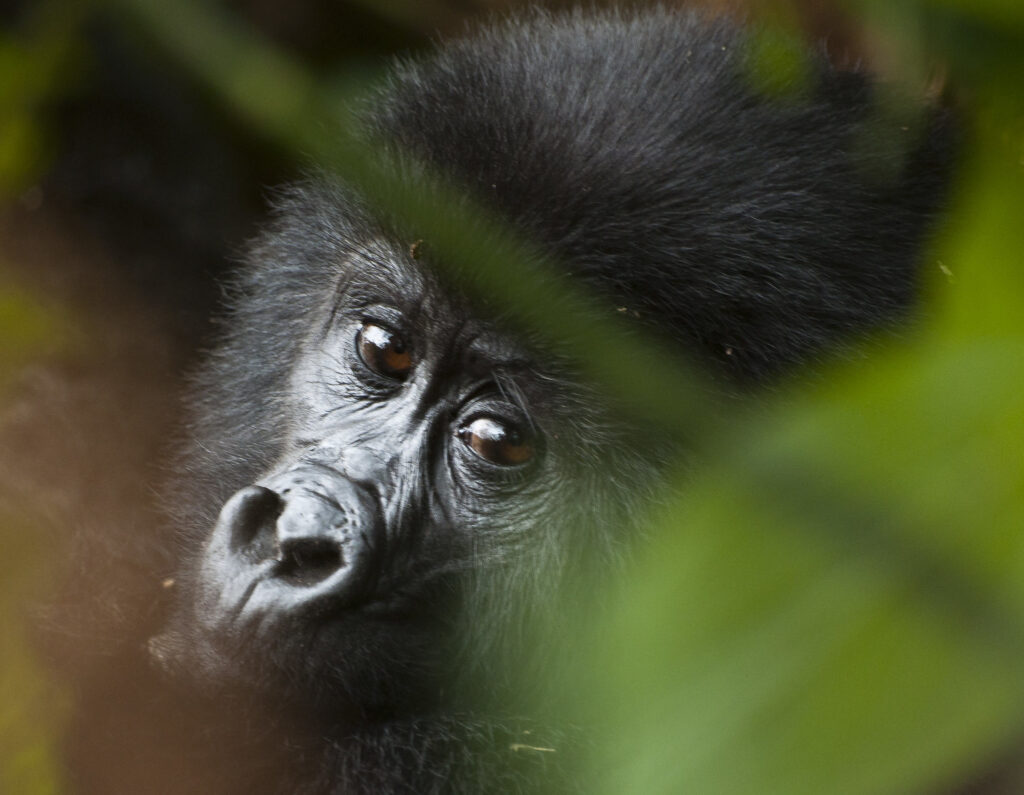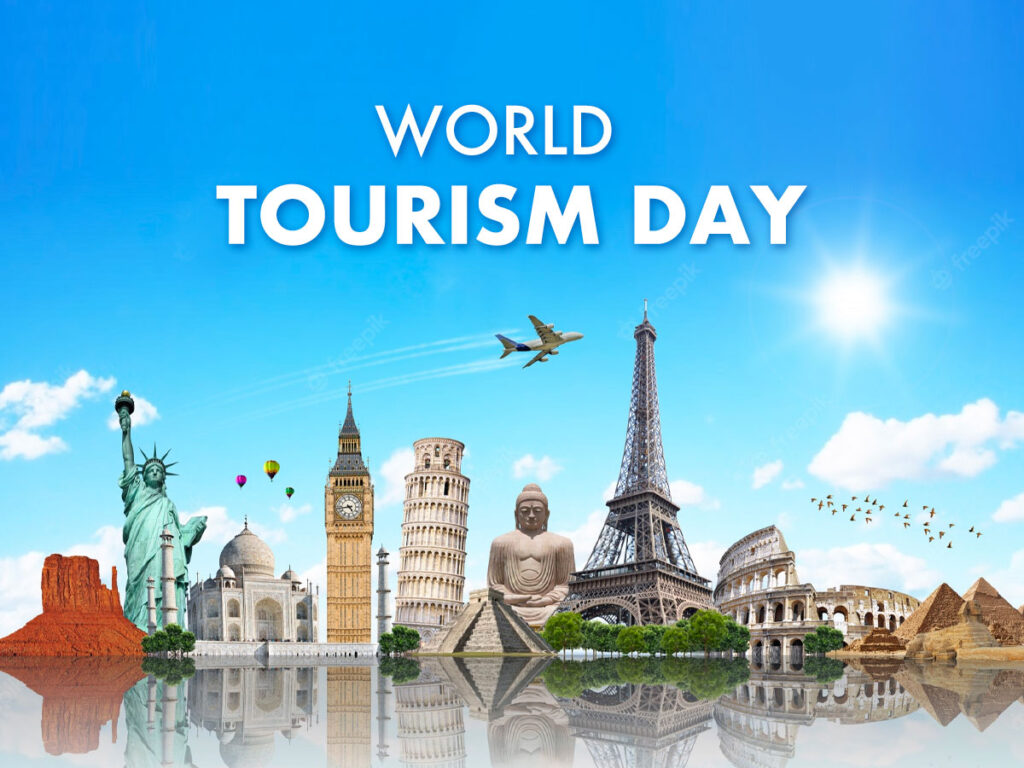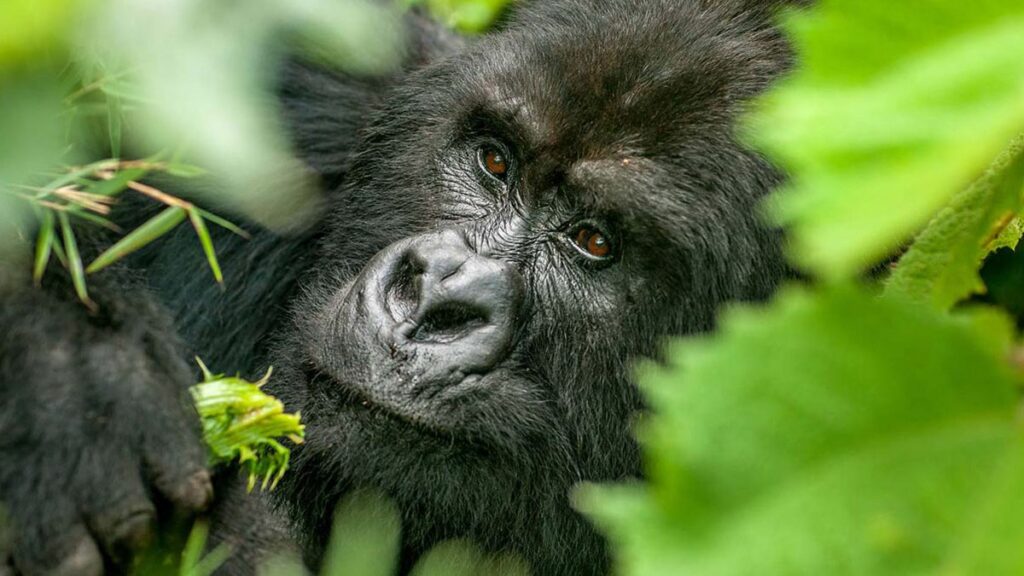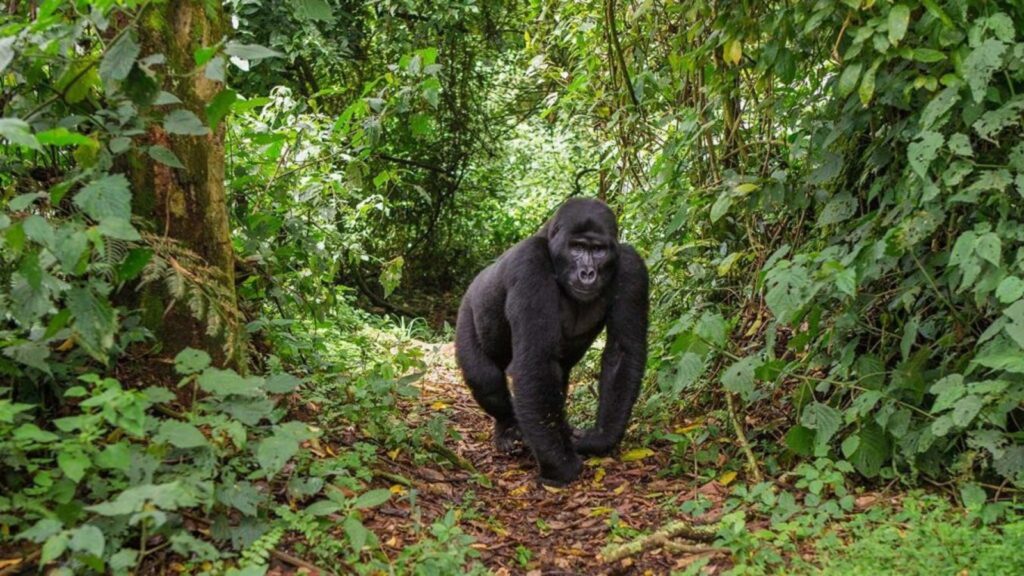Best Practices of Sustainable Tourism During Gorilla Trekking
Eco-friendly gorilla trekking. Gorilla trekking is one of the most unforgettable wildlife experiences in the world. In Uganda, Rwanda, and the Democratic Republic of Congo, visitors hike through lush rainforests to meet endangered mountain gorillas face-to-face. But this privilege comes with responsibility. Sustainable tourism ensures that our visits protect the gorillas, preserve their habitats, and benefit local communities.
Practicing responsible tourism is not only about following rules—it’s about making sure future generations can enjoy the same magical encounters we experience today.
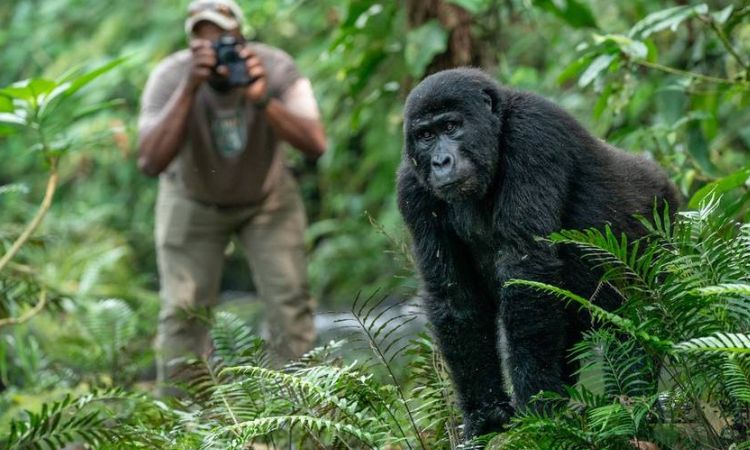
Respect Gorilla Space
Mountain gorillas are sensitive to human presence. Always keep the recommended 7-meter distance to avoid stressing them or spreading diseases. Moving closer for a better photo might seem tempting, but it can disrupt natural behavior and expose gorillas to human illnesses. A respectful distance allows them to feel safe and behave naturally.
Follow Health and Hygiene Protocols
Because gorillas share over 98% of our DNA, they are vulnerable to human illnesses. Even a mild flu can be dangerous to them. If you feel unwell, postpone your trek. Wearing a face mask near gorillas is now common practice to reduce disease transmission.
Wash your hands before the trek, avoid sneezing towards the gorillas, and follow your guide’s instructions to maintain hygiene in the forest.
Tread Lightly in the Forest
Stick to designated trails to minimize damage to plants and soil. Avoid breaking branches, trampling young plants, or leaving behind any waste. The rainforest is a delicate ecosystem where even small disturbances can have long-term effects.
Leave no trace—carry out all litter, including biodegradable waste, since foreign food can disrupt wildlife diets.
Support Local Communities
Sustainable tourism benefits not only the environment but also the people who live around gorilla habitats. Choose locally owned lodges, hire community guides, and purchase souvenirs from local artisans. These choices provide income and encourage communities to protect wildlife.
When locals benefit from tourism, they are more motivated to participate in conservation efforts and protect gorilla habitats from poaching or deforestation.
Limit Group Sizes
Authorities limit the number of trekkers per gorilla group to reduce disturbance. Stick to these rules and avoid pushing for larger group entries. Smaller groups create a more intimate, less disruptive experience for both gorillas and visitors.
Avoid Flash Photography
Flash can startle gorillas and alter their behavior. Make sure your camera’s flash is switched off before approaching them. Patience, rather than artificial light, helps you capture authentic moments without disturbing the animals.
Be Mindful of Noise
The forest is the gorillas’ home, not ours. Keep your voice low, move calmly, and listen to the sounds of the jungle. Loud noises can scare gorillas or cause them to move away, cutting short your viewing time.
Choose Responsible Tour Operators
Work with tour companies that prioritize conservation, adhere to park regulations, and reinvest in community projects. Responsible operators provide environmental education, employ local staff, and respect wildlife protocols.
Conclusion
Sustainable tourism during gorilla trekking is about respect—respect for the gorillas, their habitat, and the people who share their environment. By keeping our distance, following health guidelines, supporting local communities, and minimizing our environmental footprint, we ensure that gorilla trekking remains a force for conservation rather than harm.
Each step in the forest can either protect or endanger this incredible species. Choosing the right path makes all the difference.

